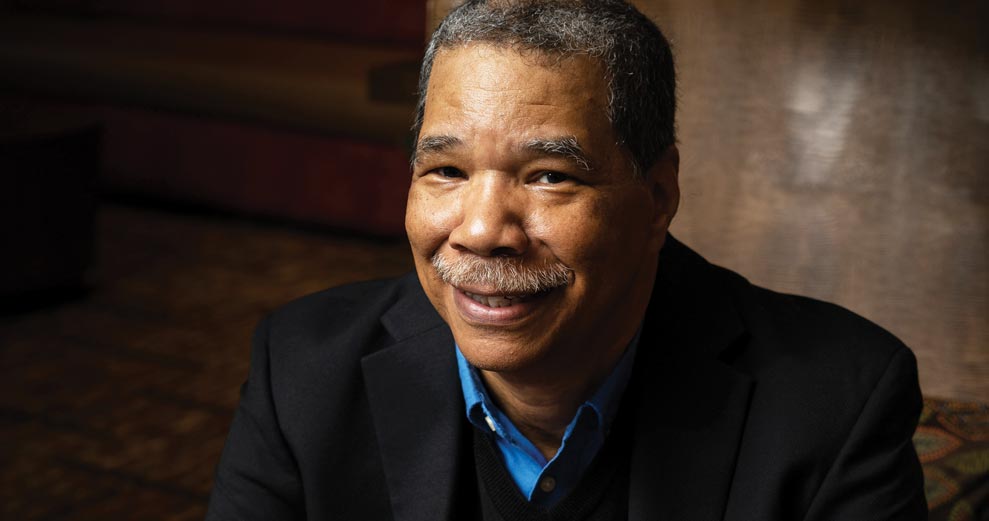
Prioritizing and Implementing Inclusion
Leadership consultant and expert Norm Hull has been speaking in the education market for more than 30 years. Some of the most rewarding involvement for this past SYTA Youth Foundation trustee comes through his work with the SYF Silver Lining and Next Generation programs. Teach & Travel talked with Norm, who prefers using his first name, about the need to ensure inclusion leads youth travel.
How could educators ensure inclusion is a top travel priority?
Spend time thinking about your definition of inclusion and how the student perceives your actions. Decide on your definition and plan accordingly:
- Do you want students to know more about others and return feeling their circle of friends has grown and relationships strengthened?
- Is it acceptable for the same group of people to hang out together during travel?
- Is it OK to stay in the same pod every time we share a meal, get on the coach or break into tour groups?
- Will the sites and attractions you visit take into account what will excite, teach, and broaden the minds of all students?
Our country increasingly recognizes how presenting only one view of history creates a feeling of exclusion. Inclusion is a commitment to include perspectives that are discounted or omitted because of bias—unconscious and conscious. If inclusion isn’t a priority, you miss a great opportunity and one of the principles of being an educator.
How do you effectively speak to students, so they understand inclusion among peers and throughout their travels?
Words are kind, but I’ve found creating personal and group experiences are more practical to get to the students’ heads and hearts. If you’re only using words, I suggest including examples that relate to a student’s perspective.
“How many of you have seen a peer eating lunch alone or watched one of your classmates be excluded because of their looks, beliefs, or some other immature reason?”
This is an example of using words to help students understand the value of inclusion and the pain of exclusion. If words are the only tools you can use, I encourage you to paint pictures in students’ heads. Create the before and the after, including the solution in your words.
“How many of you will invite a classmate you don’t normally interact with to sit at your table—or are you willing to go ask to join them? Raise your hand if you want everyone to feel a part of this travel experience and you’re committed to making new friends.”
Your role is to provide opportunities for students to transfer beliefs into action. Remind them of their verbal commitment every time you board the motorcoach, share a meal and visit an attraction. Positive reinforcement and gentle reminders will create inclusive behaviors that, hopefully, become second nature. You’ll notice it falls on you, the educator, to turn words into action.
In what ways does traveling help students better understand inclusion?
I think it depends on the person leading the trip, because they have the power to design the experience.
I’ve been on trips where we “saw” a lot of great sites. But when the excursion was over, I felt no closer to those who were part of the experience. We were passive participants because of the structure of the journey, which left it up to us to take what we wanted from the experience, interact with who we like, and interpret others’ behaviors from the place of limited information.
Travel is a process. What provides substance depends on the person leading the experience, because not everyone is an extrovert, questioner or as willing to expand their comfort zone.
Going from one attraction to another is travel in the basic sense. What deepens the experience and offers more meaning is the learning, interaction, and expansion of our perspective that a facilitator or guide offers. Inclusion is an invitation to join a group, showcase another aspect that may be missed, and recognize that at times, you have to be willing to see the invisible.
Travel is the tool. It’s up to educators, guides and operators to show how it can be utilized to create better citizens of the world.
Edited by Sarah Suydam, Staff Writer for Teach & Travel.
This article originally appeared in the September 2020 issue of Teach & Travel.

